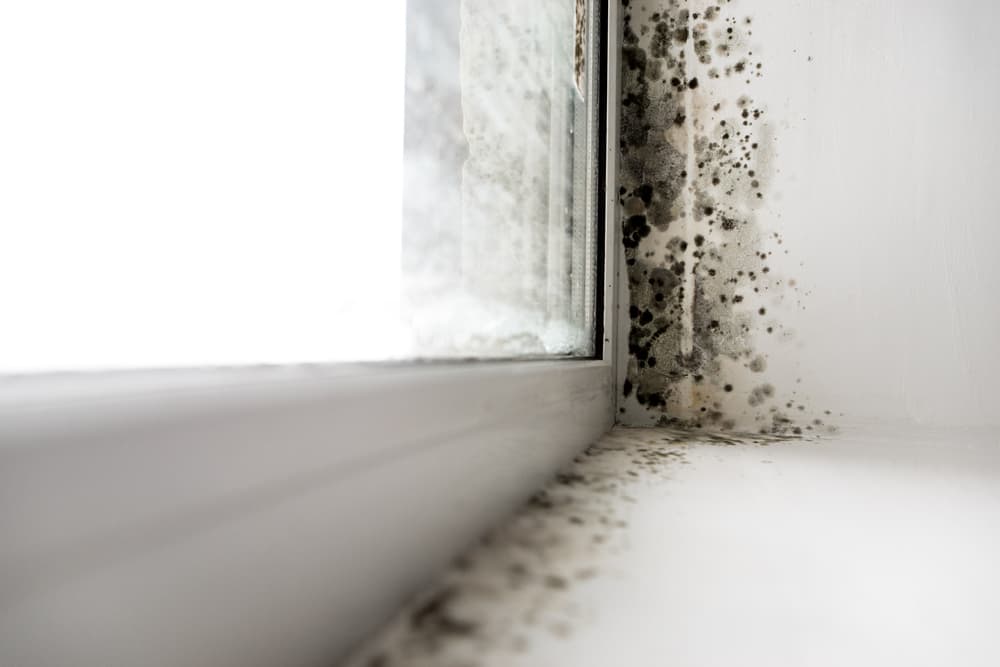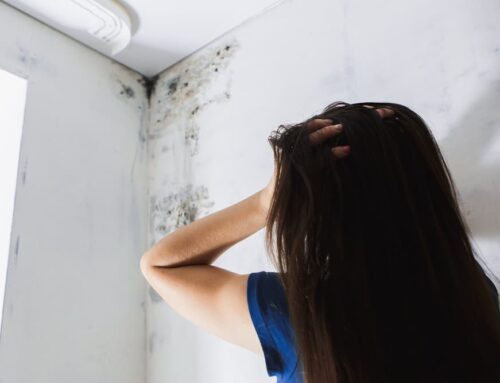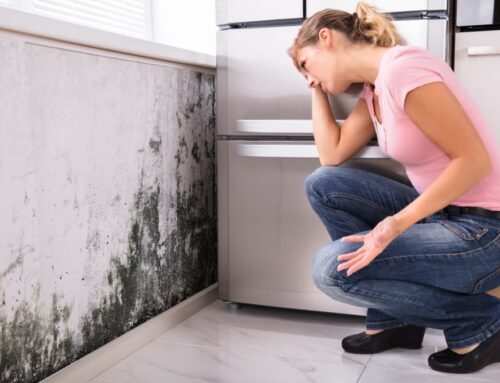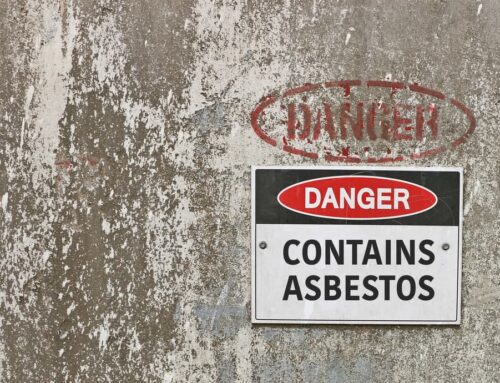Do you know the difference between mold vs. mould and black mold? Few people do. That’s why we’re here to clarify some of the misconceptions and confusion surrounding mold in your home.
What’s the Difference Between Mold vs. Mould?
There really isn’t any difference between mold and mould – it’s all in the spelling. In America, they spell it as “mold,” and in Britain, it’s spelled as “mould.” There’s really no wrong or right way to write it; it’s simply a preference depending on where you live and what audience you’re speaking to. But they both refer to the fungus that we often find in our homes.
What’s the Difference Between Regular Mold vs. Black Mold?
Did you know that there are over 100,000 types of mold? It’s true! All species of mold are a fungus made up of spores that differ in size and colour. While certain molds can be toxic, it’s difficult to determine this solely based on the colour. The truth is, all types of mold could be dangerous to your health when it starts to produce toxins. However, it’s important to note that not all molds are created equal. Some are more toxic than others and can also cause damage to your home. Others are not as harmful but shouldn’t reside in your home either. For example, black mold is the most commonly known toxic mold. It is a “Stachybotrys” which is a dangerous fungus that can cause respiratory issues, aches and pains if you are to be around large quantities of it. However, toxic mold can come in other colours, and black mold is not always toxic.
What are the Types of Mold?
There are twelve common types of mold that you could find in your home: Stachybotrys, Penicillium, Fusarium, Aspergillus, Acremonium, Alternaria, Auerobasidium, Chaetomium, Mucor, Trichoderma, Ulocladium, and Cladosporium. Each has its own unique characteristics and health effects, which is why it’s important to know which type of mold you are dealing with before attempting to remove it.
How to Tell if it’s in Your Home?
Mold isn’t always visible to the naked eye. Sometimes it can form in the attic, behind walls, and under the carpet. Some tell-tale signs include a foul odour in the home, as well as stains or spots on the ceilings or walls. If the air in your home feels “wet” or not as fresh and clean as before, that could indicate mold forming in moisture, such as in your basement. A sudden skin rash, fatigue, or chronic cough can also indicate that there’s mold existing in the home.
How to Determine if the Mold is Toxic?
To determine if you have toxic mold, you’ll need to have a professional perform a mold test. This will reveal the type of mould in the home and if there are toxic spores in the air.
Should All Mold be Remediated?
Absolutely. Regardless of the type of mould in your home, you should always have it cleaned and use a mold removal service. Mold spreads quickly, so leaving it unattended will only allow it to grow, wreaking havoc on your health and your home’s surfaces.
Every home has a little mold hidden somewhere. However, if you suspect that the one in your home may be dangerous or is spreading, contact us at Healthy Home Center right away for your mold removal needs in Ottawa. We’ll come and perform a test and remove any toxic mold that could pose a risk to your health. Contact us directly to schedule a consultation.







